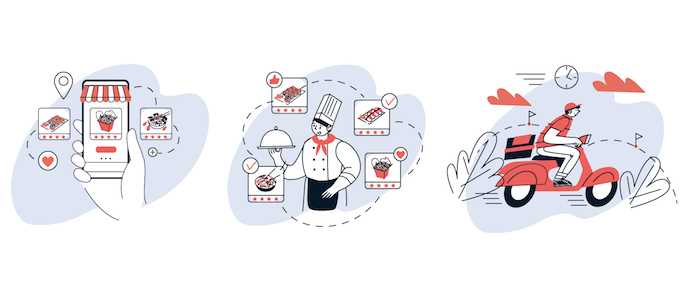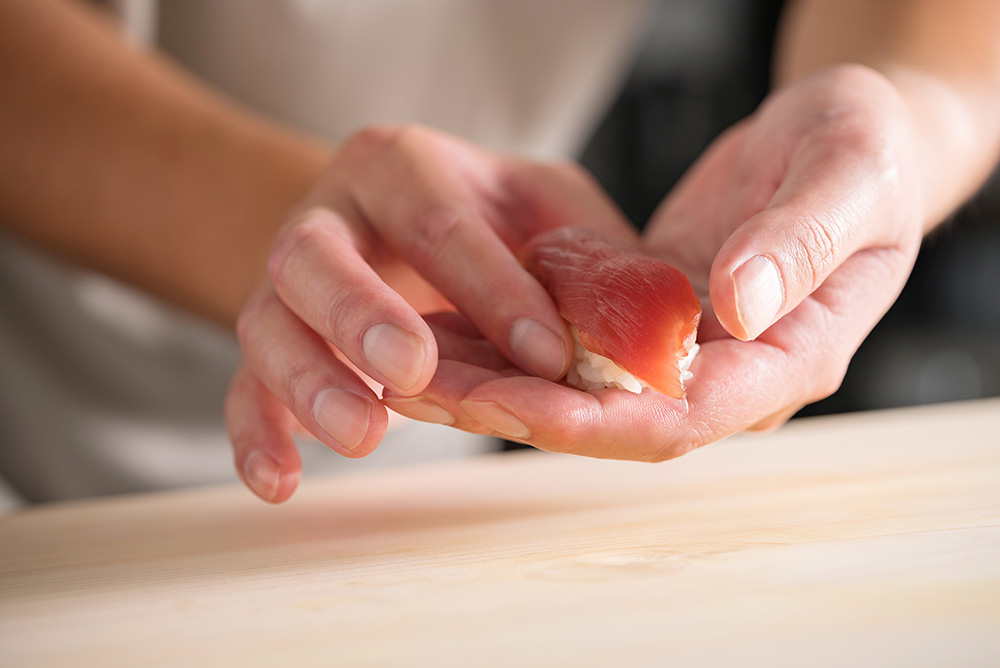
COVID-19 Transforms the Value of Food and Food Business Models
The global pandemic caused by the novel coronavirus is disrupting people's health, everyday life, and business activities, all at once. It is also impacting the environment surrounding food in various ways.
The "second wave" of novel coronavirus infection has really arrived in Europe (as of October 18).
It's lunchtime at home while you're working remotely. You have to prepare documents in time for your next online meeting. You're hungry, but you don't have time to cook. You can't face yet another convenience store boxed lunch. So you boot up a food delivery app. All kinds of menus are lined up for you. You order a meal you fancy straight away, and the payment is settled too. All you have to do now is wait about 30 minutes for delivery. In the meantime, you get back to work.
Until now, that kind of behavior has been the exclusive preserve of the young people called "digital natives", but the novel coronavirus crisis is changing all that. In households overstretched by remote working and child raising, generations of people who thought ordering from an app was too much for them are starting to get drawn in. Now, they have multiple food delivery and Net supermarket apps lined up on their
smartphones. They're also using Amazon much more frequently.
What does it all mean for the food service industry? Countermeasures against novel coronavirus infection are making it tough for restaurants to serve meals on the premises, so they're forced to look outside for sales opportunities. Food delivery was a growth field before, and delivery-only restaurants were becoming more numerous.
Now that the novel coronavirus is raising the profile of food delivery, the restaurant industry is connecting its front and back facilities to some kind of platform, such as by handling deliveries out front while it provides shared kitchens in the back, to stay in business. This kind of trend is also accelerating the digitalization of the restaurant industry. Besides operating in their local areas, restaurants now have to evolve into places that
will be picked by people on their smartphones.
There is now a trend towards the unbundling of restaurant functions that have been clustered in one place until now. Bars and restaurants have always bundled the functions of ingredients, chefs, recipes, cooking, premises, and customers together in one place, and their services did not work until that concentration was achieved. That's being broken down with the arrival of platforms that can link individual places together. Food delivery platforms break down the menus of individual restaurants, so that people could order, for example, soup from restaurant A, the main dish from restaurant B, and dessert from restaurant C. That's the same style as how we already do our shopping on Amazon.
The current novel coronavirus crisis is resetting the entire food system, and promoting further redefinition of the value of food.





